Home »
Misc »
How does the 3 second rule work in basketball
How does the 3 second rule work in basketball
2015-16 Points of Emphasis Memos – MEMO #12: THE OFFENSIVE THREE-SECOND RULE
In Memo #4, we reviewed the Defensive Three-Second (“D3”) rule. As noted in that explanation, the D3 rule seems simple, but is actually rather complex, with five different caveats that affect the legality of defensive players in the lane and the count itself. The same is true for the Offensive Three-Second (“O3”) rule, although there are only two caveats that affect the count.
The O3 rule states that an offensive player cannot be in the lane for more than three seconds while his team has control of the ball. The count starts when the offensive player enters or is in the lane and his team has control of the ball in the frontcourt (if a player is in the lane and his team has control of the ball in the backcourt, there is no count). The count stops when a shot is taken, the player exits the lane or there is a loss of team control/possession (for example, a strip followed by the offensive team regaining control would start new count).![]()
However, the rulebook also includes two actions the player in the lane can take to discontinue (or pause) the count:
- If the player is in the act of shooting before or at the end of the third second, the count is discontinued while he is in continuous motion toward the basket, or
- If the player will imminently exit the lane, the count is discontinued until he exits.
If the player stops his continuous motion toward the basket or stops short of exiting the lane, respectively, the count resumes where it was discontinued.
2015-16 REFEREE OPERATIONS MEMO #12 – THE OFFENSIVE THREE-SECOND RULE
Here are two examples of an offensive player in the lane illegally for more than three seconds:
The highlighted player is in the lane for more than three seconds and a violation is called.
http://dmmx2.nba.com/videourlredirect?&project=/bballops/bballops_O_3_Memo_02
The highlighted player is in the lane for more than three seconds and a violation is called, even though the player’s teammate is in the lane with the ball when the three-second count is reached.
http://dmmx2.nba.com/videourlredirect?&project=/bballops/bballops_O_3_Memo_03
Here are two examples of an offensive player in the lane legally for more than three seconds:
The highlighted player receives a pass and starts a continuous motion toward the basket before the three-second count is reached. A foul is called.
http://dmmx2.nba.com/videourlredirect?&project=/bballops/bballops_O_3_Memo_Legal_01
The highlighted player starts to exit the lane before the three-second count is reached, and he does not stop until he clears the lane.
http://dmmx2.nba.com/videourlredirect?&project=/bballops/bballops_O_3_Memo_Legal_13
In Memo #10, we noted that we would be posting “Making the Call with Joe Borgia” more frequently and across social media and NBA.com platforms. Last week, Joe highlighted a play in which an offensive player loses control of the ball while in the lane, which reset the count, and then after regaining control, the player started his motion toward the basket. Together, these two events resulted in a long – but legal – count in the lane.
Together, these two events resulted in a long – but legal – count in the lane.
http://dmmx2.nba.com/videourlredirect?&project=/bballops/bballops_MTC_O_3_example
What Is 3-Second Violation In Basketball?
Home>Sports>Basketball>Basketball Rules
PreviousNext
A 3-second violation in basketball is a rule that says that a player cannot stay inside the paint for more than three consecutive seconds.
This rule helps to make basketball a more dynamic game, requiring players to move around the court and preventing big men from staying in the same spot for long periods of time.
Table of Contents
- Three-Second Violations
- Result
- Types of Three-Second Violations
- Offensive Three-Second Violations
- Defensive Three-Second Violations
- FAQ
Three-Second Violations
There are two different types of 3-second violations, those called on the defense and those called on the offense. An offensive 3-second violation is called by referees when a player stays in the paint for longer than three seconds when their team is in control of the ball. A defensive 3-second violation is called when a player stays inside the paint for three or more consecutive seconds while not guarding an offensive player. The count starts when a player's foot first enters the area, and it ends when both feet are out of it. A player's feet must completely leave the paint before they can re-enter. Lifting one’s feet into the air and jumping does not count as leaving the paint. The count resets when that player fully leaves the paint.
An offensive 3-second violation is called by referees when a player stays in the paint for longer than three seconds when their team is in control of the ball. A defensive 3-second violation is called when a player stays inside the paint for three or more consecutive seconds while not guarding an offensive player. The count starts when a player's foot first enters the area, and it ends when both feet are out of it. A player's feet must completely leave the paint before they can re-enter. Lifting one’s feet into the air and jumping does not count as leaving the paint. The count resets when that player fully leaves the paint.
Result
If a player is called for a 3-second violation, the referee will blow the whistle and bring their arm forward with three fingers showing to signal that there was a 3-second violation. If the violation happens while the player’s team is on offense, the ball is turned over to the opponent. If the violation called is a defensive one, a technical foul is assessed to the team, leading to a free throw attempt by the opponent and subsequent possession of the ball.
Types of Three-Second Violations
There are two types of 3-second violations in basketball: offensive 3-second violations and defensive 3-second violations.
Offensive Three-Second Violations
An offensive player cannot be in the lane for more than three continuous seconds while their team has control of the ball. This count begins when the offensive player enters the lane or is already in the lane when his team enters the frontcourt. Note that the count does not begin if the offensive player is in the lane but his team is still in the backcourt. The count stops when a player exits the lane, a shot is taken, or the offensive team loses control of the ball.
The goal of the 3-second rule pertaining to the offense is to keep offensive players from spending too much time standing under the basket. If they were allowed to stay below the basket for the entire offensive possession, it would be way easier to get rebounds, block out defenders, and score near the basket. This rule challenges the offensive to keep moving and be more creative with how they score and get rebounds.
This rule challenges the offensive to keep moving and be more creative with how they score and get rebounds.
Defensive Three-Second Violations
A defensive player is not allowed to stay in the painted area for more than three seconds unless they are actively guarding a player on the opposing team. In order to be considered “actively guarding,” a defensive player must be within an arm's length of their opponent or be moving along with the opposing player if they are cutting straight through the key. This count stops when a shot is attempted, when the opponent loses control of the ball, when active guarding begins, or when the defender completely clears the 16-foot lane.
The purpose of the 3-second violation for the defense is very similar to that of the offense. If defensive players were able to stand within the key for the whole shot clock time, it would be extremely easy to block shots, get rebounds, and defend the basket. This rule ensures that the offense has more chances of getting to the basket but also requires the defense to be more efficient in the way they defend outside of the key. The defensive 3-second violation is only used in the NBA and WNBA.
The defensive 3-second violation is only used in the NBA and WNBA.
FAQ
Can you be called for a 3-second violation if you have the ball?
Yes, you can be called for a 3-second violation if you have the ball. Naturally, this is only the case with offensive 3-second violations because, by definition, you cannot be called for a defensive 3-second violation while in possession of the ball.
How do you get a 3-second violation?
3-second violations are called whenever an offensive player remains in the paint for over three seconds, or a defensive player stays in the paint for over three seconds without guarding another player. These two scenarios carry different names, called an offensive or defensive 3-second violation. Defensive 3-second violations are much rarer and are only used in the NBA and WNBA.
Is there a 3-second violation in the NBA?
Yes, there is a 3-second violation rule in the NBA. The offensive 3-second violation is a rule that is commonly used in all types of basketball leagues.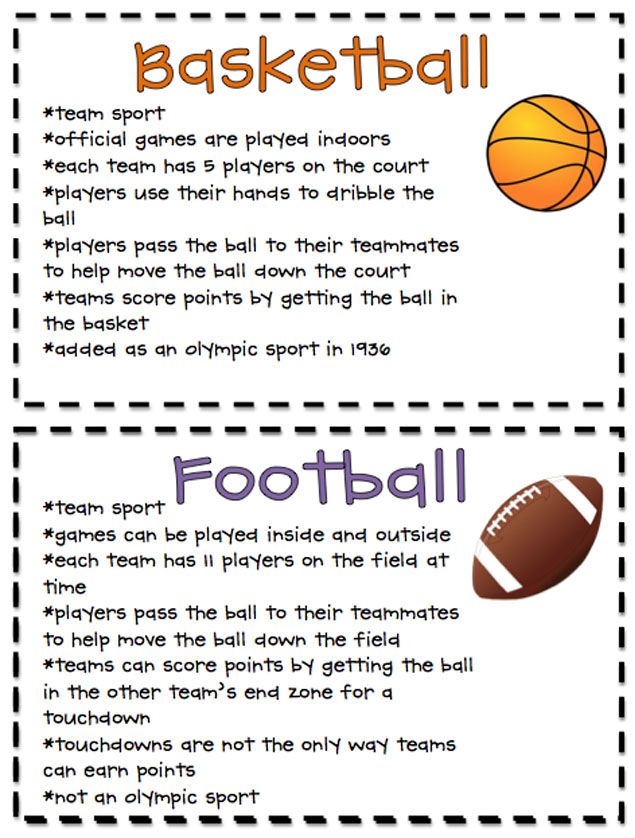 However, the NBA and WNBA are the only leagues to have a defensive 3-second violation as well. This rule stemmed from when the NBA banned the use of zone defenses in the 1940s in an attempt to encourage more offense and unclog the paint. When the NBA revoked this ban in 2001, they implemented the defensive 3-second violation in its place. While teams are now allowed to play zone defense, it is rarely used as a defensive player is no longer allowed to stand in the paint for an extended period of time.
However, the NBA and WNBA are the only leagues to have a defensive 3-second violation as well. This rule stemmed from when the NBA banned the use of zone defenses in the 1940s in an attempt to encourage more offense and unclog the paint. When the NBA revoked this ban in 2001, they implemented the defensive 3-second violation in its place. While teams are now allowed to play zone defense, it is rarely used as a defensive player is no longer allowed to stand in the paint for an extended period of time.
PreviousNext
Pages Related to What Is 3-Second Violation In Basketball?
- The Top 10 Rules Of Wheelchair Basketball
- Palming A Basketball
- What are the basic rules of basketball?
- What are the Original 13 Rules of Basketball?
- Over And Back Basketball
- What are the rules of basketball?
PreviousNext
what it is, why it was invented, exceptions
Like any team sports game, basketball is subject to certain rules.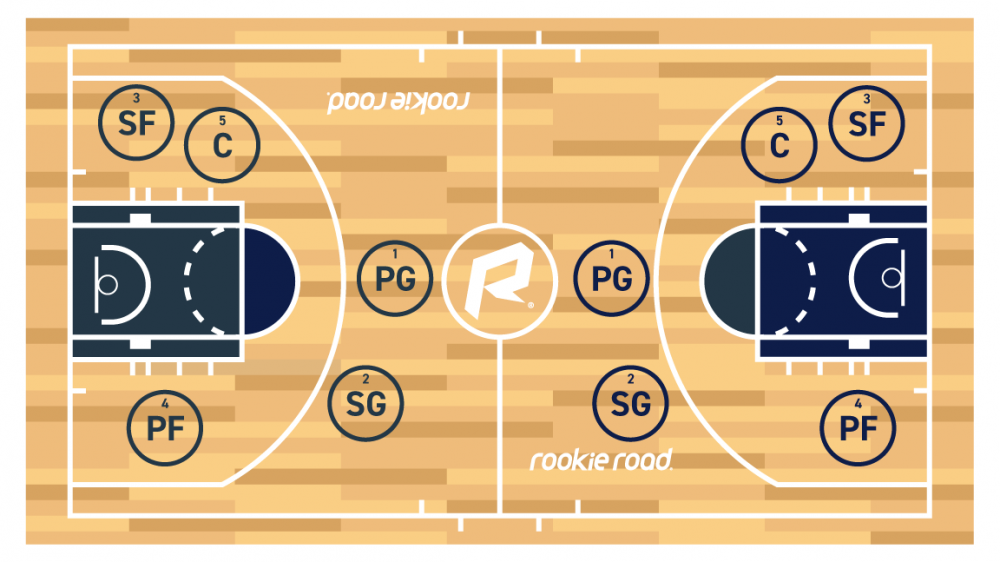 One of the main ones is the 3 second rule in basketball. There are other rules related to seconds, which is why all basketball courts have a scoreboard to keep track of the time. But this is what is especially important to know, both for players and fans. With an understanding of the process, watching the games becomes more interesting. From this article, you will learn why this rule was introduced, what a three-second zone is and why it is needed. Also here you will find exceptions to this rule, types of penalties for non-compliance and the order in which they are assigned.
One of the main ones is the 3 second rule in basketball. There are other rules related to seconds, which is why all basketball courts have a scoreboard to keep track of the time. But this is what is especially important to know, both for players and fans. With an understanding of the process, watching the games becomes more interesting. From this article, you will learn why this rule was introduced, what a three-second zone is and why it is needed. Also here you will find exceptions to this rule, types of penalties for non-compliance and the order in which they are assigned.
The essence of the rule is very simple. A basketball player from the attacking side may stay in the opponents' zone for no more than three seconds. The rule will be broken even if he touches the penalty area with only one foot. In case of violation, the player himself or his entire team will be punished. Different penalties are imposed, from a free throw and a remark to a complete disqualification, when the athlete is removed from the site and cannot even remain on the bench. Therefore timing is very important.
Therefore timing is very important.
Time regulations
Basketball rules have changed many times. The final version, which is current today, was adopted in 2004. The first possession time limits were introduced in 1954. Up to this point, the team could have owned the ball as much as they wanted, and this did not affect the game in the best way.
Either the matches were slow and uninteresting, or the teams were rude to get the ball.
The current rules are drawn up by FIBA and the NBA, the largest organizations in the world. The article “Basketball scoring rules” will help you learn the basic principles.
When was the three second rule invented?
It is not known exactly when it was invented, but they began to use it at the beginning of the 20th century. It became a measure against primitiveness and boring games. Indeed, the matches after that became more dynamic, the players had to move. Before the introduction of the 3 second rule, tall basketball players could constantly be in the opponent's penalty area.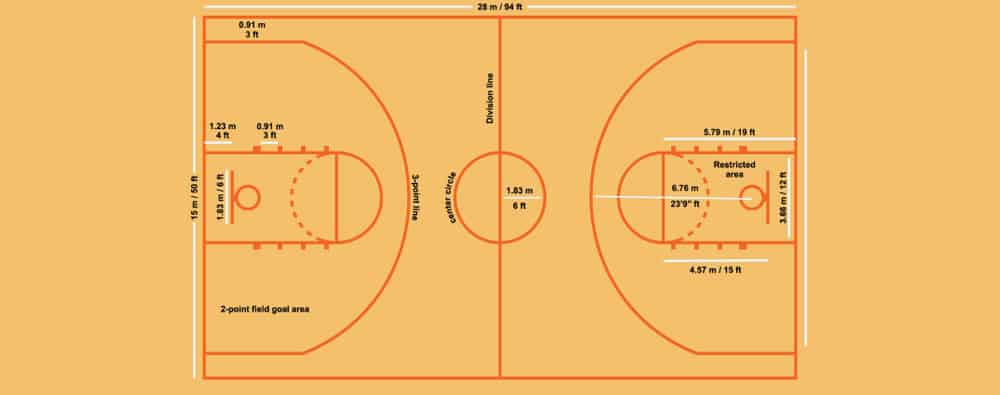 They just used their height to their advantage, waited for the pass and shot. Not very interesting, all sports excitement disappears.
They just used their height to their advantage, waited for the pass and shot. Not very interesting, all sports excitement disappears.
Three-second zone
Every site has markings that mark different zones. One of them is the penalty box or three-second zone in basketball. It is limited by free throw lines and end lines. The diagram shows all zones and lines:
If a basketball player hits the penalty area in the opponent's half, then he must leave it in three seconds. During this time, his teammates will be in control of the ball in the front court.
Exceptions
There are exceptions to every rule, including this one. The judges will not count the violation if the basketball player:
- seeks to leave the penalty area, and this is visible;
- dribbles the ball within it, about to make a shot at the ring, or has already thrown and is waiting for the projectile to land;
- is here while his teammate is attacking the opponent's basket.
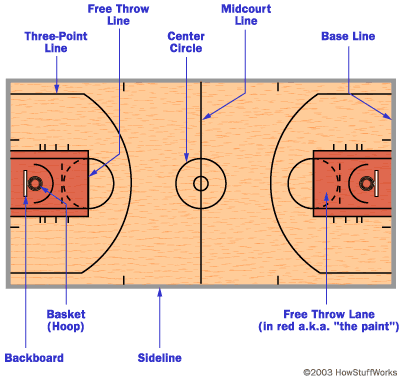
In all other cases, you can stay in this area for only three seconds, otherwise a penalty will follow. Punishment can change the course of the game, so they tend to be avoided. A basketball player is out of bounds only when both feet are actually out of bounds. Stepping even with one foot is a violation.
Other rules related to time
In basketball, this is not the only rule related to seconds. There are several of them, the main thing is not to confuse.
5 seconds
Also known as the tight player. It is not observed in streetball, in amateur matches it is also often ignored. There is no such rule in American basketball. We have, and its essence is as follows: the athlete who is in control of the ball is called tightly guarded while his opponent takes a defensive position less than a meter away from him. During the specified period, he must get rid of the ball, that is, throw it into the ring or pass it to the partners.
8 seconds
Refers to the side of the field where your basket is located and also to the area beyond the boundary line that is in contact with the center and side lines. This is the rear part, there is also the front line, this zone is on someone else's part of the field. The rule is that when a backcourt player takes possession of the ball, his team must, within the specified period, move out of their zone and transfer the ball to the frontcourt.
This is the rear part, there is also the front line, this zone is on someone else's part of the field. The rule is that when a backcourt player takes possession of the ball, his team must, within the specified period, move out of their zone and transfer the ball to the frontcourt.
Translate means:
- he touched the field in the forward area, and no one controls him;
- it is touched by an attacking basketball player who stands in the desired area with both feet;
- when touched by a defender who is wholly or partly on the backcourt;
- is led by a player who has two feet on the front line.
24 seconds
Another principle that changed the history of this sport. A lot of interesting facts about him are presented in the article “Did the rule of 24 seconds change basketball?”.
The essence is this: when a player has gained control of the ball, his team must attack before the specified time has elapsed. The same applies to the situation when, after throwing the projectile, it was correctly touched by any of the athletes.
The same applies to the situation when, after throwing the projectile, it was correctly touched by any of the athletes.
The rule will be fulfilled if, within 24 seconds, the ball:
- leaves the hands of the person who possessed it;
- will hit the basket or touch the ring.
Remember the 3 second rule in basketball, as well as 5, 8 and 24, even if you don't intend to play. With them, you will be more interesting to watch the games.
Rule 3, 5, 8, 24 seconds in basketball and their violations
Hello, dear visitors of basketball-training.org.ua! Today I want to tell you about the most important basketball rules related to playing time. These rules are quite simple to understand and apply, however, as practice shows, many players do not interpret them quite correctly, which causes a lot of controversy.
So I decided to write an article that will dot the "i" in questions 8, 5, 3 and 24 seconds in basketball rules . Let's start with the three second rule.
Let's start with the three second rule.
Rules of Basketball: 3, 5, 8 and 24 seconds
Rule of Three Seconds
Quoting Official Basketball Rules:
A player must not remain in the opposing team's restricted area for more than three consecutive seconds while his team is in control of a live ball in the frontcourt and the game clock is running.
An exception must be made to a player who:
- Attempts to leave the restricted area.
- Is in the restricted area while he or his partner is in the act of shooting and the ball is leaving or has already left the player's hand(s) on a shot for a field goal.
- Dribbling in the restricted area for a shot for a field goal while in the restricted area for less than three (3) seconds.
To be considered outside the restricted area, the player must place both feet on the floor outside the restricted area.
Something to watch out for: You can stand in the 3-second zone until the ball has gone to the opposing team.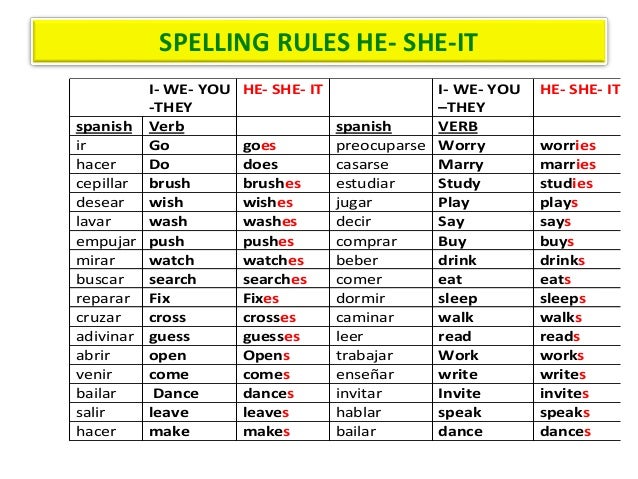 You can stay in the zone if your partner is throwing the basket. Well, to get out of the zone, you need to go out with both feet (and not one, as is often the case).
You can stay in the zone if your partner is throwing the basket. Well, to get out of the zone, you need to go out with both feet (and not one, as is often the case).
8 second rule
Let me quote the basketball rules again:
Whenever:
- Player gains control of a live ball in his backcourt
- On a throw-in, the ball touches or the ball is legally touched by any player in the backcourt and the thrower-in's team continues to have control of the ball in their backcourt, that team must bring the ball into their frontcourt within eight (8) seconds.
A team kicks the ball into its frontcourt when:
- A ball not in control of any player touches the frontcourt.
- The ball is touched or the ball is legally touched by an attacker who has both feet in contact with his frontcourt.
- The ball is touched or the ball is legally touched by a defender who has part of his body in contact with his backcourt.

- The ball touches an official who has part of his body in the frontcourt of the team in control of the ball.
- During a dribble from the backcourt to the frontcourt, the ball and both feet of the dribbler are in contact with the frontcourt.
The eight (8) second count continues from whatever time remains at the point of stoppage when the same team that previously had control of the ball is awarded a backcourt throw-in as a result of:
- Ball out of bounds.
- Injuries of a player of the same team.
- Jump ball situations.
- Double foul.
- Compensation of the same penalties against both teams.
What we pay attention to: both feet must go to the side of the opposing team, otherwise you will lose the ball. You can also throw the ball at the referee to avoid breaking the 8 second rule (just kidding, of course).
The 24 second rule
Before you read what is written below, you can read a very interesting article about how 24 seconds saved the NBA from discouragement: link.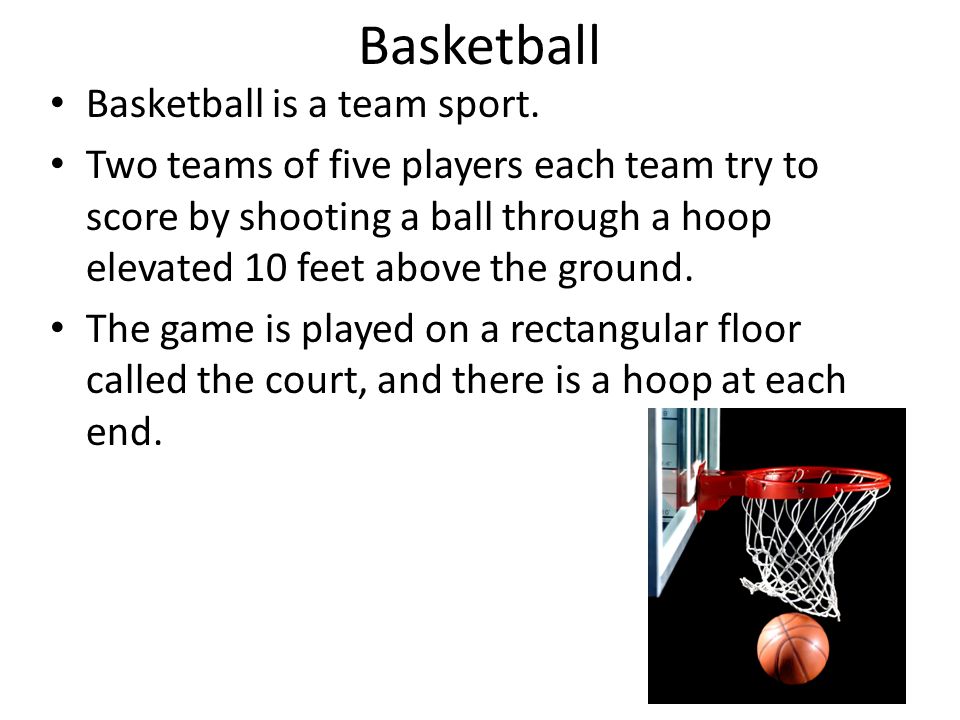
And now let's turn to the original source published by the Basketball Federation (FIBA):
Whenever:
- Player gains control of a live ball on the playing court
- On a throw-in, the ball touches or the ball is legally touched by any player on the playing court and the team of the player taking the throw-in continues to have control of the ball, that team must shoot for a field goal within twenty-four seconds.
To consider a shot for a field goal taken within twenty-four seconds:
- The ball must leave the player's hand before the twenty-four second device signal sounds and
- After the ball has left the player's hand, he must touch the ring or enter the basket.
When a shot for a field goal is taken just before the end of the 24 second period and the 24 second device signal sounds while the ball is in the air:
- If the ball enters the basket, no offense occurs, the signal is ignored and the hit counts.
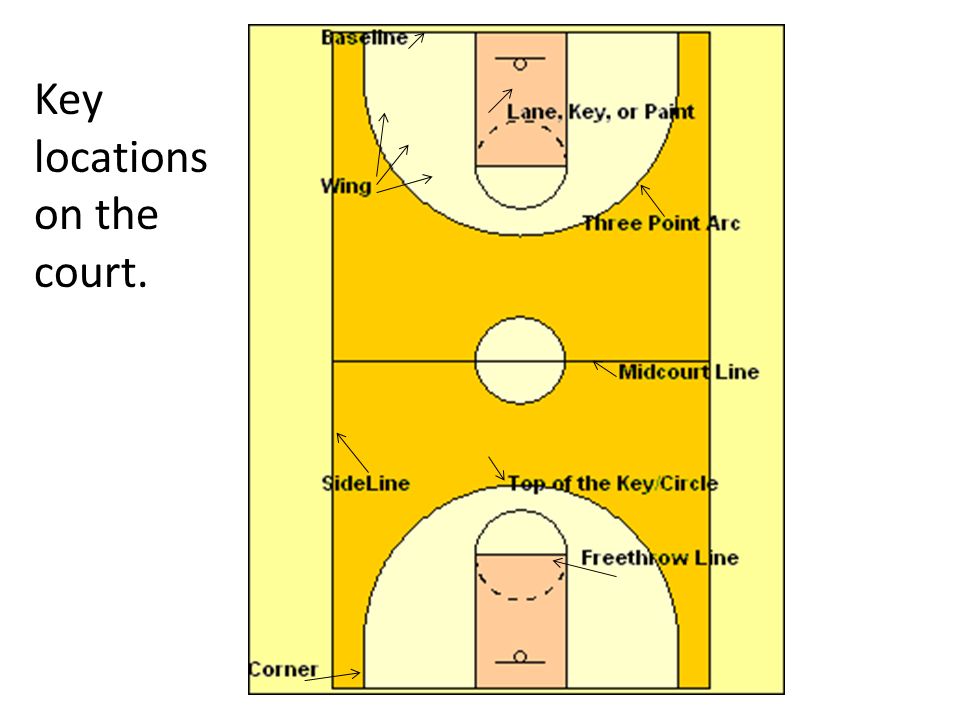
- If the ball touches the ring but does not enter the basket, no offense occurs, the signal is ignored and the game continues.
- If the ball does not touch the ring, a violation occurs. However, if the opposing team gains immediate and obvious control of the ball, the signal is ignored and play continues.
All restrictions related to hitting and ball interference must be taken into account.
If the referee stops play:
- When a foul or violation (but not when the ball goes out of bounds) is committed by a team not in control of the ball
- For any other reason related to the team not in control of the ball
- For any reason unrelated to either team, possession of the ball must be awarded to the same team that previously had control of the ball.
In the event that a throw-in is administered in the backcourt, the twenty-four second clock must be reset to 24 seconds. In the event that the face-off is administered in the frontcourt, the twenty-four (24) second device must be set as follows:
- If there are 14 seconds or more remaining on the device when the game is stopped for 24 seconds, then the device should not be reset, and the countdown should continue from the time it was stopped.
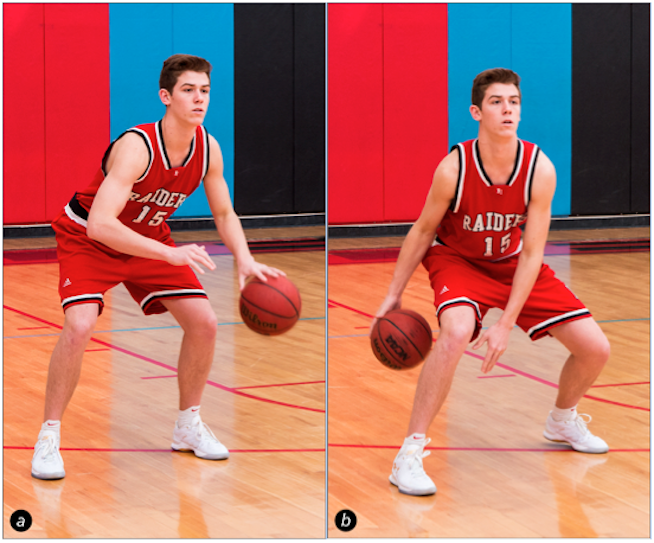
- If the twenty-four second device has thirteen seconds or less left when the game is stopped, the device must be reset to 14 seconds.
However, if, in the opinion of the referee, the opposing team will be placed at a disadvantage, the twenty-four (24) second count shall continue from the time of stoppage.
If the 24 second device signal sounds in error while either team is in control of the ball or neither team is in control of the ball, the signal is ignored and play continues.
However, if, in the opinion of the referee, the team in control of the ball has been disadvantaged, play shall be stopped, the 24 second clock shall be corrected and the ball shall be awarded to that same team.
Well, here the explanations will be superfluous, and so it is painted in great detail.
5 second rule
And this is the most interesting rule, often called " close player ". Almost none of the amateur players know about it, it is not judged in the framework of streetball tournaments (if you want to know more about the rules by which 3v3 are played in the Ukrainian Streetball League, read Streetball Rules) and in the USA it does not exist at all! So, what is its specialty?
Close Player
Definition : A player who is holding a live ball on the playing court is considered to be closely guarded when an opponent is in an active defensive stance no more than one meter away.